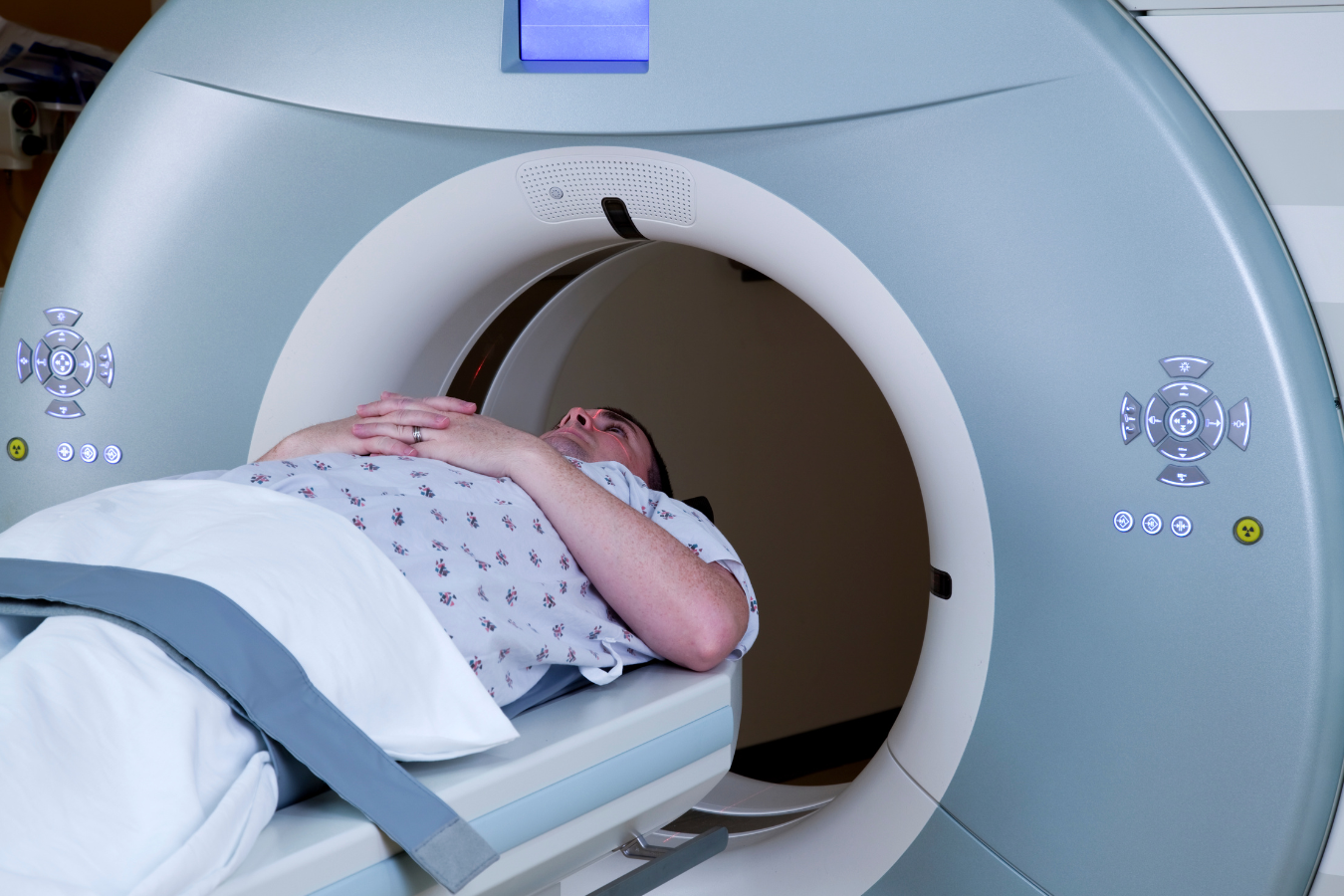While most men know about first-line prostate cancer screenings like PSA blood tests and physical exams, they are less likely to know their options when their doctors suspect a problem.
To help clear up any confusion and arm you with knowledge, the experts at the CyberKnife Center of Miami have compiled a list of options so you know your options and can ask your doctor.
Basic Prostate Cancer Screenings
Men should talk to their doctors if they’re having any trouble or pain while urinating. They should also plan to have regular prostate exams. According to the Centers for Disease Control and Prevention traditional screenings include:
- Prostate Specific Antigen (PSA) Test: A blood test measuring the levels of PSA, a substance made by the prostate. Generally, the higher the PSA level the more likely a prostate issue may be present.
- The Digital Rectal Exam or DRE: This is a physical test where your doctor feels the prostate for abnormalities.
More Definitive Prostate Cancer Screenings
When a potential problem is discovered, further testing may be required. Many times, the first step is a biopsy, a procedure where doctors remove a small samples of prostate tissue and send it off to a lab for examination. While necessary, it can be a difficult, uncomfortable experience and can also produce a false negative. That could mean a repeat biopsy. Plus, with a biopsy there is the chance of damaging surrounding tissue and infection that could possibly cause long-term issues like incontinence or impotence.
But there are other treatments being used and being tested, which may be easier on patients.
A less invasive screening tool is called an MRI fusion biopsy. This test combines an MRI with a trans-rectal ultrasound or TRUS. The MRI scans for abnormalities. The TRUS takes pictures of the prostate using sound waves. This can be done at the same time as a biopsy as well if needed.
The latest buzz according to the Prostate Cancer Foundation is the PSMA-PET Scan. PSMA stands for prostate-specific membrane antigen, a protein that is found mainly on prostate cancer cells. A PET scan uses special dye along with radioactive tracers. The PSMA-Pet lets doctors look for prostate cancer and find it earlier than before. Plus, there’s less of a chance of injury to the surrounding tissue because there’s no poking or prodding.
According to the University of Chicago Medical Centers: “PSMA PET directly targets the tumor on a molecular level to show disease more accurately and at an earlier stage. It easily outperforms conventional imaging; CT, MRI and bone scans cannot match the ability of PSMA PET to find very small tumors.”
“It’s exciting because it’s the single best method we now have available to visualize prostate cancer in the body,” said urologic oncologist Scott Eggener, MD. “Knowing the anatomic location of prostate cancer can obviously help us make smarter treatment decisions for patients.”
University of Michigan Rogel Cancer Center is also testing a urine test, which in studies could avoid one-third of unnecessary biopsies. The test is called My Prostate Score Test.
If your doctor suspects prostate cancer, ask about an alternative to a biopsy if you think it’s right for you. These options, which may be easier on your body, may also be covered by your insurance company.
CyberKnife Therapy for Prostate Cancer
If you are diagnosed with the disease, treatment depends on the type and stage of cancer, your age, and your overall health.
Doctors use surgery, chemotherapy, other drug therapies and radiation therapy to treat prostate cancer. Sometimes they use a combination of therapies. And each treatment can be effective.
The cure rate for prostate cancer using radiation therapy is well-documented, and there is a proven safety track record.
While there are different types of radiation for prostate cancer, the experts at the CyberKnife Center of Miami believe stereotactic body radiation therapy or SBRT – the type of radiation used by CyberKnife, has some distinct advantages.
- Treatments can be done in five radiation therapy sessions over 10 days compared to 30 to 45 over three months with other types of radiation treatments.
- It has none of the risks that come with surgery.
- It’s noninvasive.
- The CyberKnife radiation beams, which target and destroy the cancer, are very precise. That means there is less risk of side effects including impotence and incontinence.
CyberKnife has a 98% cure rate for prostate cancer.
At the CyberKnife Center of Miami, we have successfully treated hundreds of prostate cancer patients from across the country and right here in South Florida with excellent results.
If you would like to find out more about prostate cancer treatment with CyberKnife, call CyberKnife Center of Miami now at 305-279-2900 or go to our prostate cancer website for more information.

